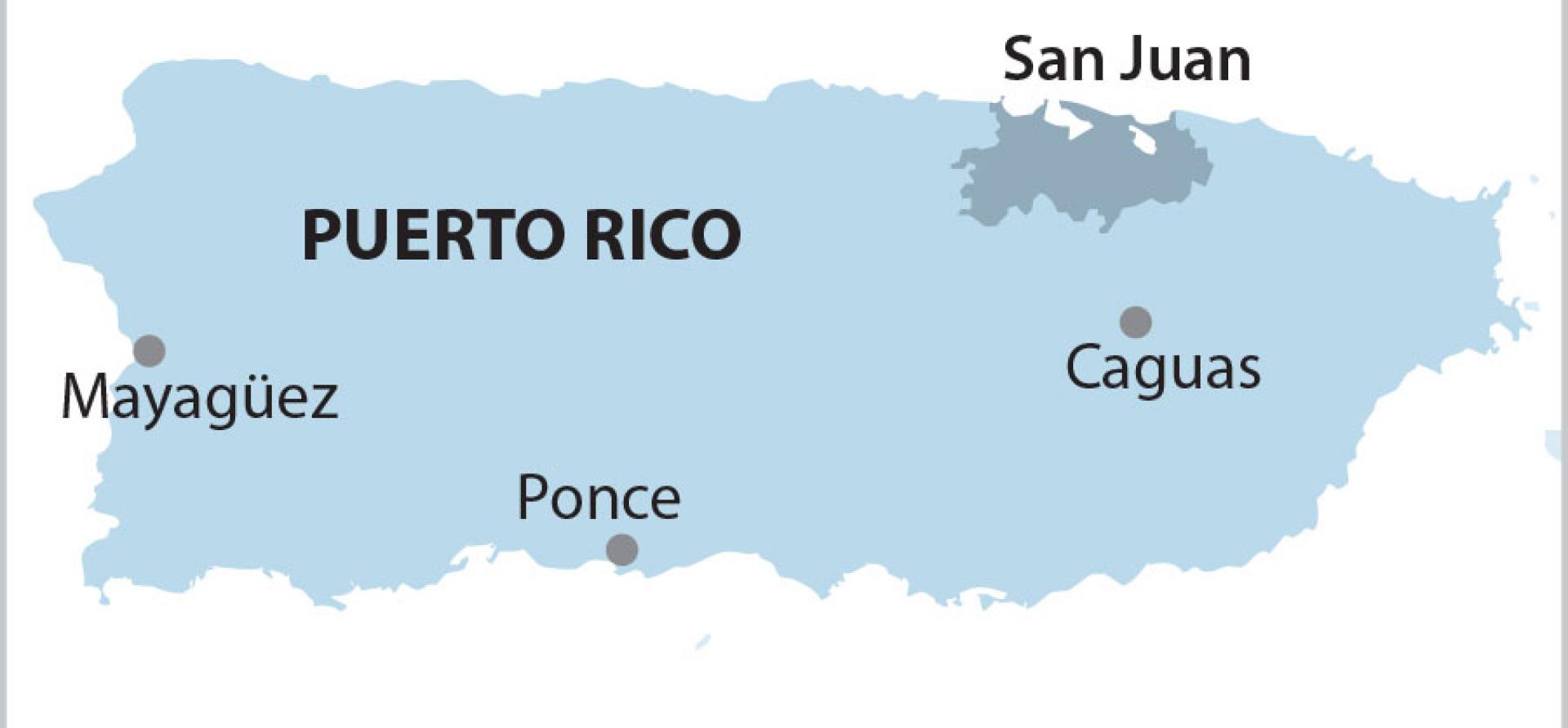IEEFA: Puerto Rico has chance to use billions in federal aid for creation of resilient, renewable grid

Puerto Rico should take advantage of a unique opportunity to deploy billions of dollars of federal funding to create a resilient, decentralized electrical system based on renewable energy—an opportunity that neither the Puerto Rico Electric Power Authority (PREPA) nor private operator LUMA Energy has shown any interest in pursuing.
That was the core theme of comments filed last week by IEEFA and the Puerto Rican non-profit CAMBIO before the Puerto Rico Energy Bureau, the island’s electrical system regulator. The energy bureau has an open case to analyze both distributed energy resources (such as rooftop solar and storage) and transmission system hardening (rebuilding overhead lines or undergrounding lines) as options to improve the resiliency of Puerto Rico’s grid in the face of future severe storms.
Puerto Rico can achieve 75 percent renewable energy by 2035 with rooftop solar and storage
IEEFA and CAMBIO’s comments emphasized the importance of distributed energy solutions to provide resiliency to households. Our comments were based on comprehensive grid modeling studies released in March that show Puerto Rico could achieve 75% distributed renewable energy by 2035, including a baseline level of household resiliency to all homes through rooftop solar and storage. Properly installed residential solar and storage systems already proved to be a resilient solution for households during Hurricane Maria, when months of power outages cost thousands of lives.
More than $14 billion in FEMA funds have been earmarked for Puerto Rico’s power grid. Yet, to our knowledge, neither PREPA nor LUMA Energy has approached FEMA with a proposal to use some of this funding for rooftop solar and storage. If $9.6 billion in federal funds were used to deploy residential solar and storage across the island, average rates in 2035 would be reduced to 15 cents per kilowatt-hour, and all households would have the opportunity to achieve a baseline level of resiliency.
However, the energy bureau’s proceeding has focused mainly on potential tariff-based or market mechanisms to incentivize rooftop solar and storage, as opposed to a large-scale deployment by the utility. These approaches require consumers to be able to afford the upfront cost of solar or to have adequate access to credit. Given the demographics of the island, with 44% of households living below the poverty line, market- and tariff-based approaches will prevent a large fraction of island households from participating.
As PREPA prepares to acquire additional renewable energy, IEEFA and CAMBIO urge the energy bureau to order PREPA and LUMA Energy to pursue federal funding for the procurement and installation of 500 megawatts of rooftop solar.
Puerto Rico is the only jurisdiction in the United States that is receiving billions of dollars of federal funds to rebuild its electrical system. Given the federal goal of decarbonizing the electricity sector by 2035, Puerto Rico could become a model for the rest of the country by investing heavily in a transition to a decentralized, affordable and renewable energy-based grid. The energy bureau should take a leading role in pushing PREPA and LUMA to seize this opportunity.
Cathy Kunkel ([email protected]) is an IEEFA energy finance analyst.
Versión en español: Puerto Rico tiene la oportunidad de usar miles de millones en ayuda federal para la creación de una red resiliente y renovable
Related items:
IEEFA: Puerto Rico’s electric grid suffers series of setbacks under Luma Energy management
IEEFA: Paying for Failure: High Fees for Finance Consultants Shortchange Puerto Rico Electrical Grid











